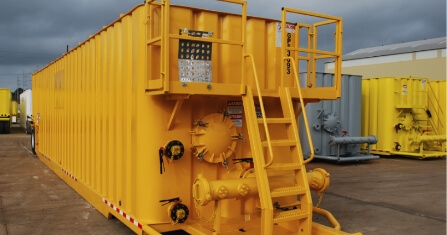
10 Aug The 3 Biggest Advantages of Tank Monitoring
In an era when the oil and gas industry constantly evolves, staying ahead with the latest technological advancements is crucial. One innovation reshaping the petroleum industry is tank monitoring. An oil tank monitoring system represents a significant leap in managing and maintaining oilfield tanks, an essential component of the industry's infrastructure. By integrating modern monitoring techniques, these systems offer a more precise, real-time overview of your oil tank's status, levels and conditions, ensuring operational efficiency and reliability. Let's take a deeper look at the advantages of a tank monitor and how it benefits your business.
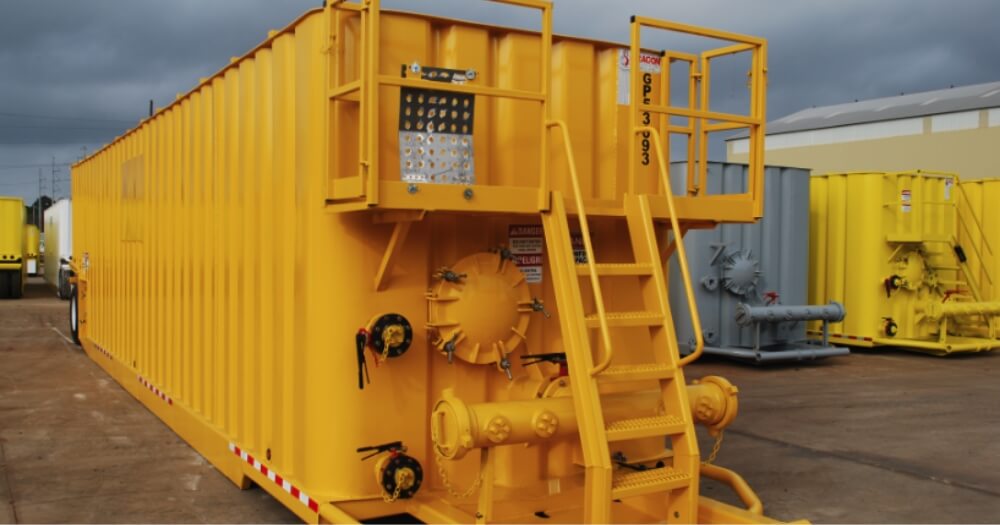
1. Streamlined Operations With a Tank Monitoring System
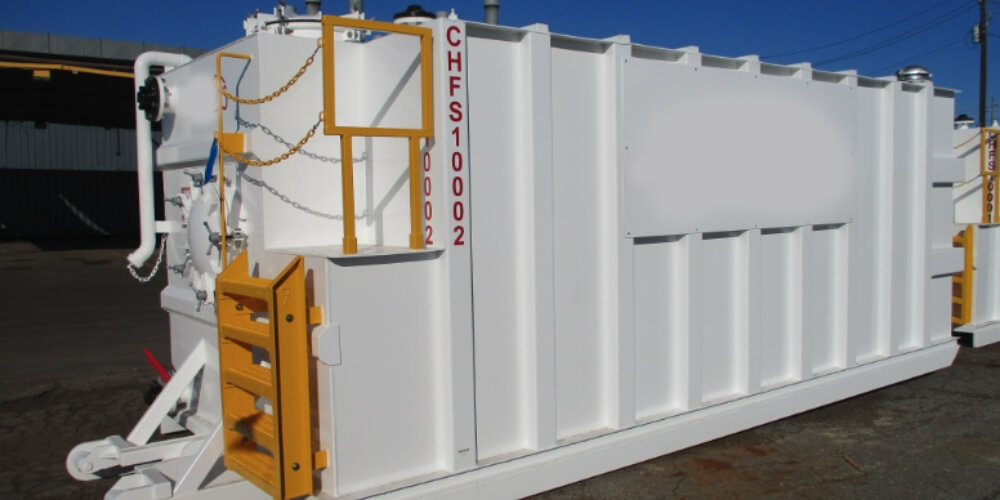
Integrating a tank monitoring system in your oilfield operations signifies a substantial leap toward heightened efficiency. A tank monitor offers:
- Continuous and Precise Data Collection: An oil tank monitoring system provides real-time, accurate data regarding the status and contents of oilfield tanks. This constant monitoring allows for proactive management, reducing the reliance on manual checks and guesswork.
- Operational Efficiency: By delivering up-to-date tank data, these systems minimize downtime and streamline operational workflows. This efficiency not only saves time but also optimizes the use of resources.
- Predictive Analytics: Advanced analytics capabilities enable operators to forecast future needs and trends. This foresight is critical in planning and allocating resources effectively, ensuring that operations run smoothly without interruptions.
- Enhanced Decision Making: With real-time data at their fingertips, operators can make informed decisions quickly, leading to improved operational outcomes.
- Reduced Operational Costs: By optimizing workflows and minimizing manual interventions, tank monitor systems contribute to significant cost savings in the long run.
- Integration with Existing Systems: Fuel tank monitors seamlessly integrate with existing operational frameworks, enhancing their utility without requiring extensive overhauls.
By ensuring accurate tank data and leveraging advanced analytics, operators can enhance overall operational efficiency, making the process more streamlined and effective.
2. Enhanced Safety and Compliance for Oilfield Tanks
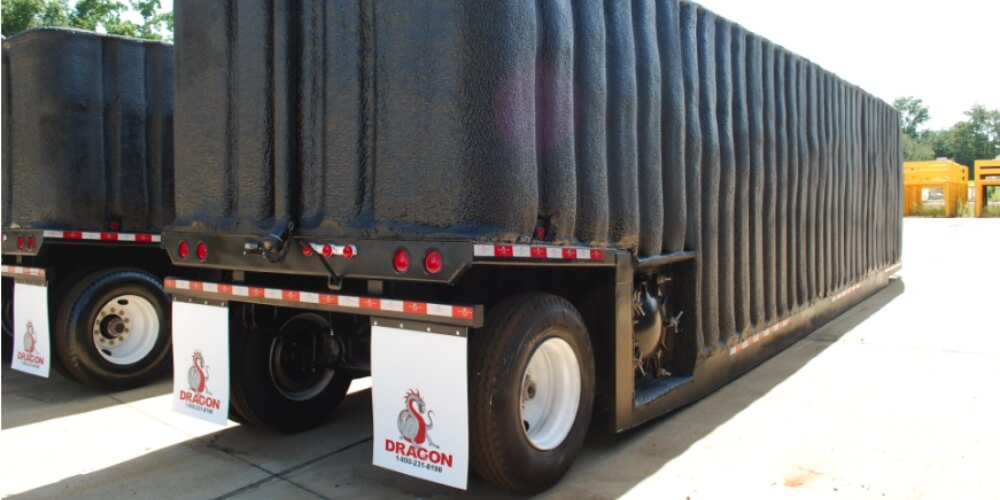
In the oil and gas industry, safety and compliance are critical, and an oilfield tank's monitoring system is pivotal in bolstering these areas. Here are the key benefits:
- Immediate Leak Detection: Fuel tank monitors provide rapid detection of leaks, significantly reducing the risk of environmental contamination and hazardous situations.
- Automated Safety Alerts: Tank monitoring systems send automatic alerts in case of irregularities, allowing for swift action to prevent accidents and maintain safety standards.
- Regulatory Compliance: With stringent regulations in the oil and gas sector, a fuel tank monitoring system ensures compliance by providing accurate, real-time data on tank conditions and contents.
- Reduced Human Error: By automating tank monitoring processes, the potential for human error is reduced significantly, thereby enhancing overall safety.
- Maintenance Scheduling: These systems facilitate timely maintenance by monitoring tank condition, thus preventing potential safety hazards due to wear or damage.
- Documentation for Audits: A tank monitoring system provides essential data and documentation needed for regulatory audits, ensuring that all environmental and safety standards are met.
By employing these systems, operators increase control over oilfield tanks while establishing a safer, regulation-compliant operational environment. Continuous tank monitoring and automated alerts are integral in maintaining the highest safety standards and adhering to industry regulations.
3. GPS Tracking Optimizes Oilfield Storage Tanks' Usage
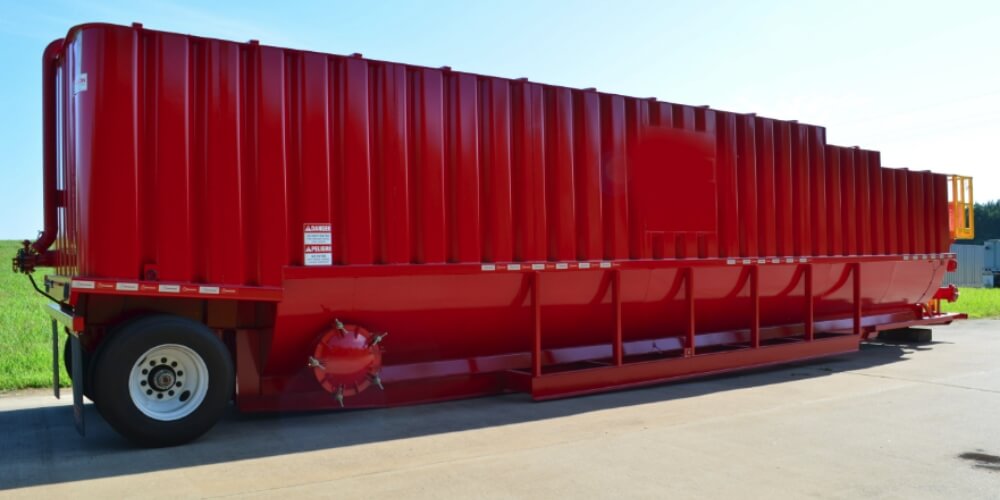
Integrating GPS tracking into your oilfield storage tank's monitoring revolutionizes resource management in the oil and gas industry, yielding unparalleled benefits:
- Accurate Location Tracking: GPS technology enables pinpoint accuracy in locating fuel tank monitors. This accuracy is vital for rapid response in case of emergencies or operational needs, ensuring tanks are exactly where they need to be.
- Real-Time Status Updates: Operators receive instant updates on tank conditions, including volume levels, temperature and potential leak detection. This real-time information is crucial for timely decision-making and operational planning.
- Efficient Deployment and Retrieval: With precise location data, the deployment and retrieval of oilfield tanks becomes more efficient, saving valuable time and resources. GPS tracking eliminates the need for manual searches, significantly speeding up these processes.
- Preventive Maintenance Scheduling: GPS data helps in scheduling preventive maintenance, reducing the possibility of unexpected breakdowns or malfunctions. This proactive approach extends the lifespan of tanks and ensures consistent operational readiness.
- Asset Utilization Optimization: GPS tracking aids in understanding usage patterns, facilitating the optimal allocation and rotation of tanks. This insight helps maximize the utility of each tank, ensuring they're used in the most effective manner.
- Theft and Loss Prevention: The ability to track tanks in real-time dramatically reduces the risk of theft and loss, a significant concern in remote or unsecured areas. GPS tracking serves as a deterrent and a recovery tool in such scenarios.
By leveraging GPS technology, companies can significantly enhance the cost-effectiveness and efficiency of their operations, ensuring that their assets are utilized optimally. This advanced approach to tank management streamlines operations and contributes to the overall sustainability and profitability of the business.
Frequently Asked Questions About Oilfield Tank Monitoring
Understanding oilfield tank monitoring systems is essential in leveraging their full potential. Industry professionals often have queries regarding these systems. Below, we've addressed some common questions. Feel free to call us for more information.
What Is an Oil Tank Monitor?
An oilfield tank monitor is a sophisticated device that tracks, records and transmits data about a tank's status. This includes information on contents, temperature and location, using sensors and network technology for real-time insights.
How Does an Oil Tank Monitor Work?
These monitors use various sensors to measure and report on conditions inside the tank, such as level, pressure and temperature. The data is then transmitted to a central system for monitoring and analysis. Some tank monitoring systems use apps to make it easy to access information, while others alert you and the fuel supplier to any issues that arise within the system.
Can a Fuel Tank Monitoring System Be Integrated With Other Operational Technologies?
Yes, fuel tank monitoring systems are designed to be compatible with other operational technologies, allowing for a seamless integration into existing infrastructures.
Are There Any Environmental Benefits to Using Tank Monitoring Systems?
Absolutely. These systems help in the early detection of leaks, minimizing environmental impact. They also assist in ensuring compliance with environmental regulations.
Install Tank Monitoring on Your Dragon Tanks
An oil tank monitoring system is a must-have for efficient, safe and compliant operations of your frac tank or tanker trailer. We invite you to explore the comprehensive selection of U.S.-made heavy-duty construction vehicles provided by Dragon Products. Call us for a customized quote for your company!
GET A QUOTETanks and Trailers | Dragon Products
At Dragon, our ethos is simple: build tanks that set the highest standards for oil, chemicals, and other materials, a commitment often described as "over-engineering" – and we take pride in that.
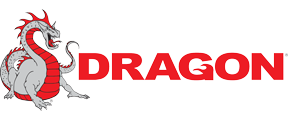

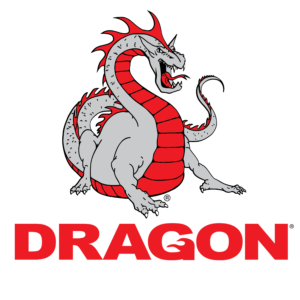
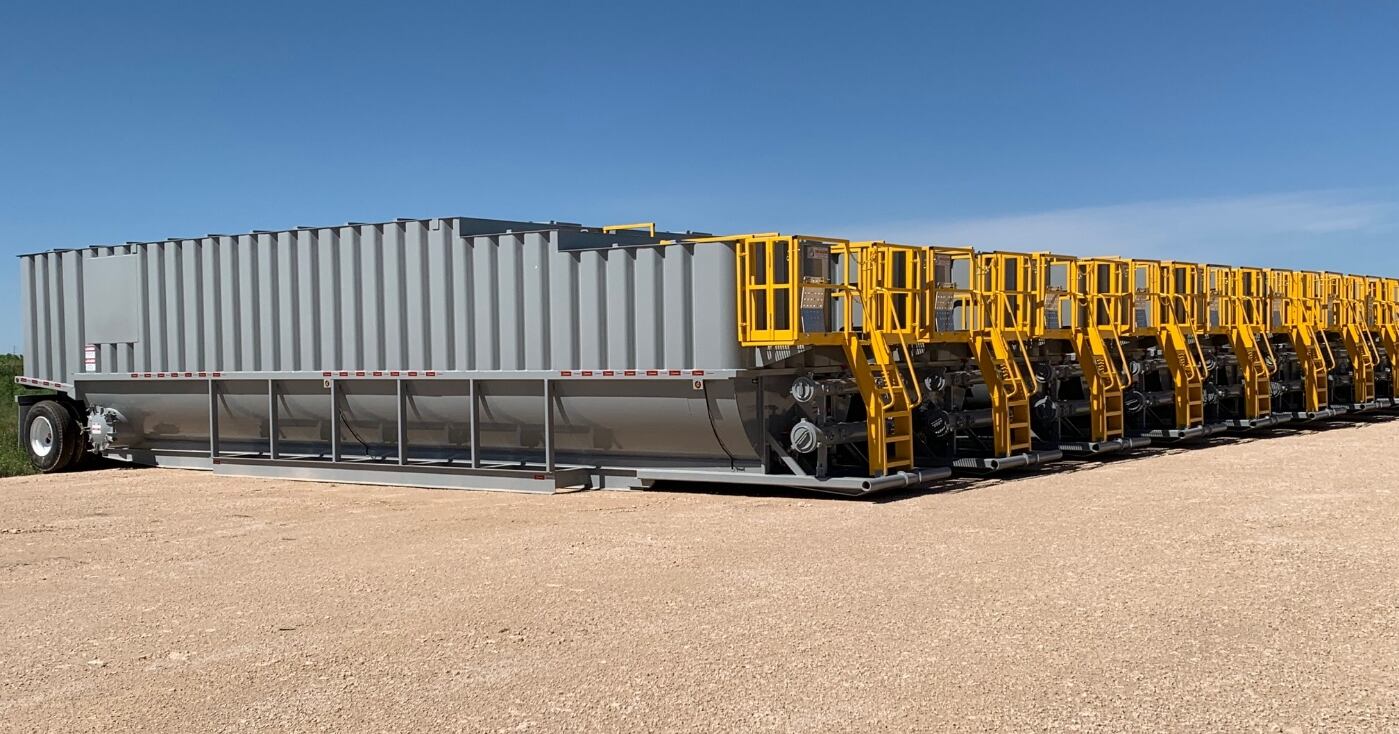
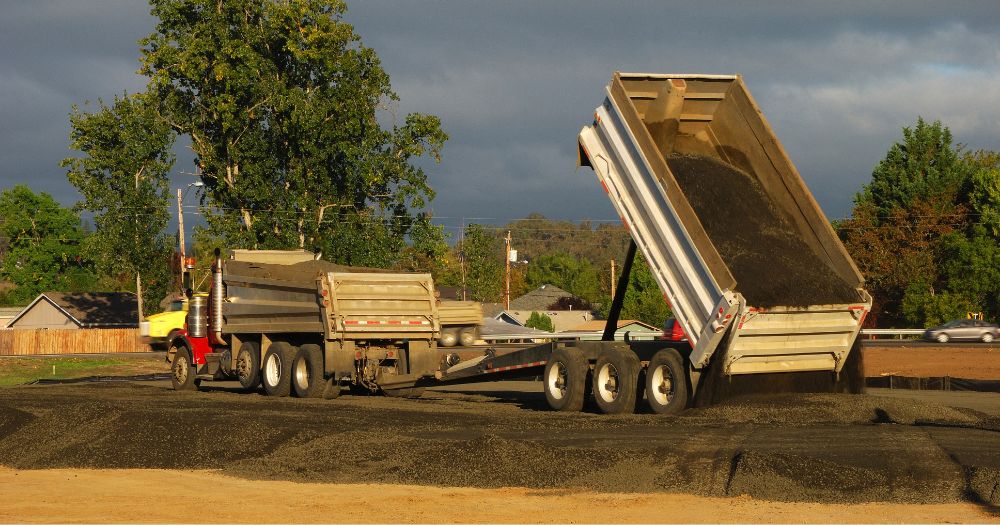
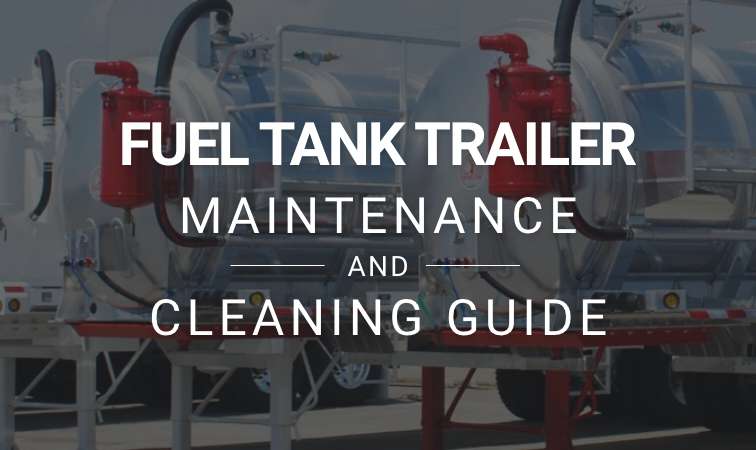
Sorry, the comment form is closed at this time.